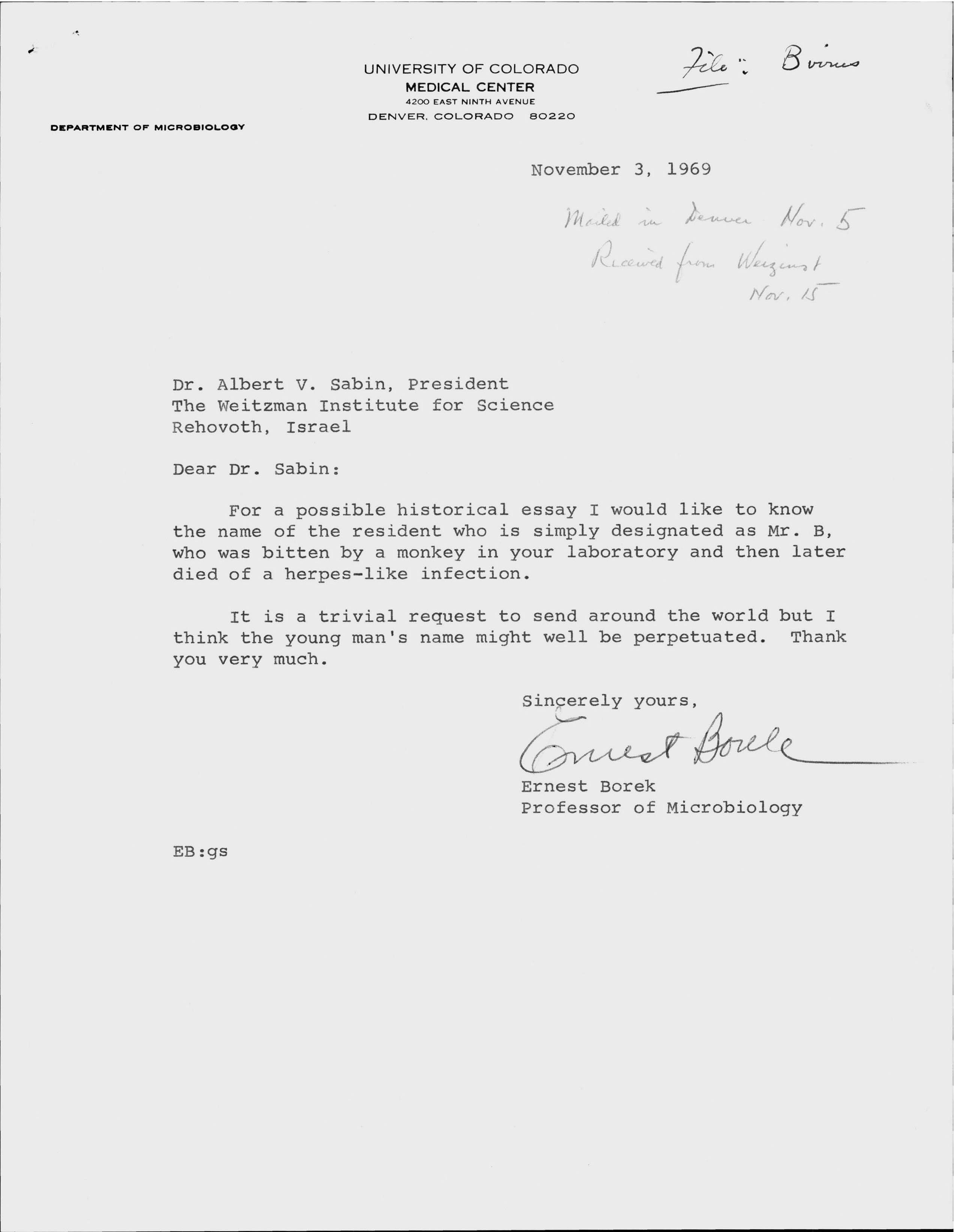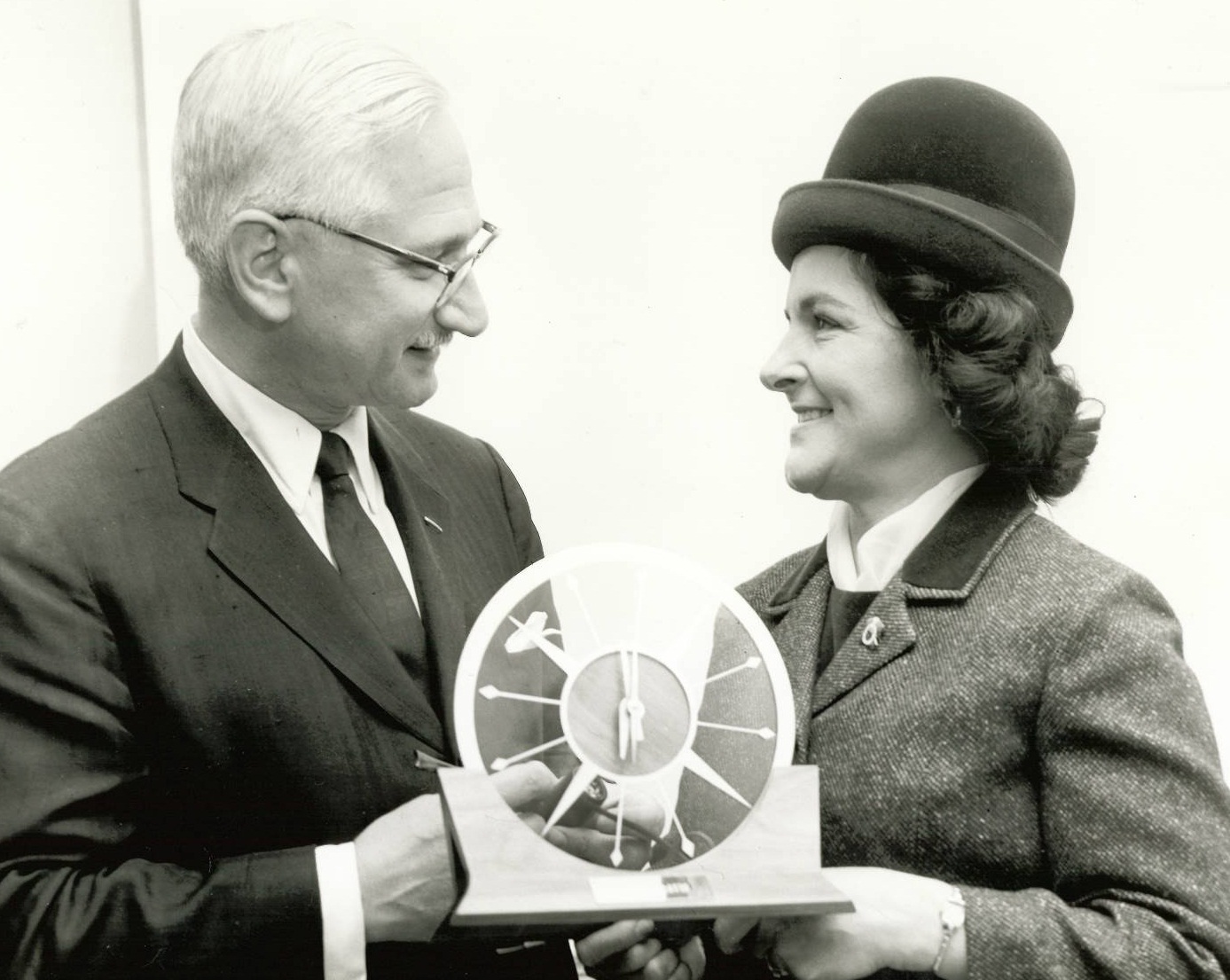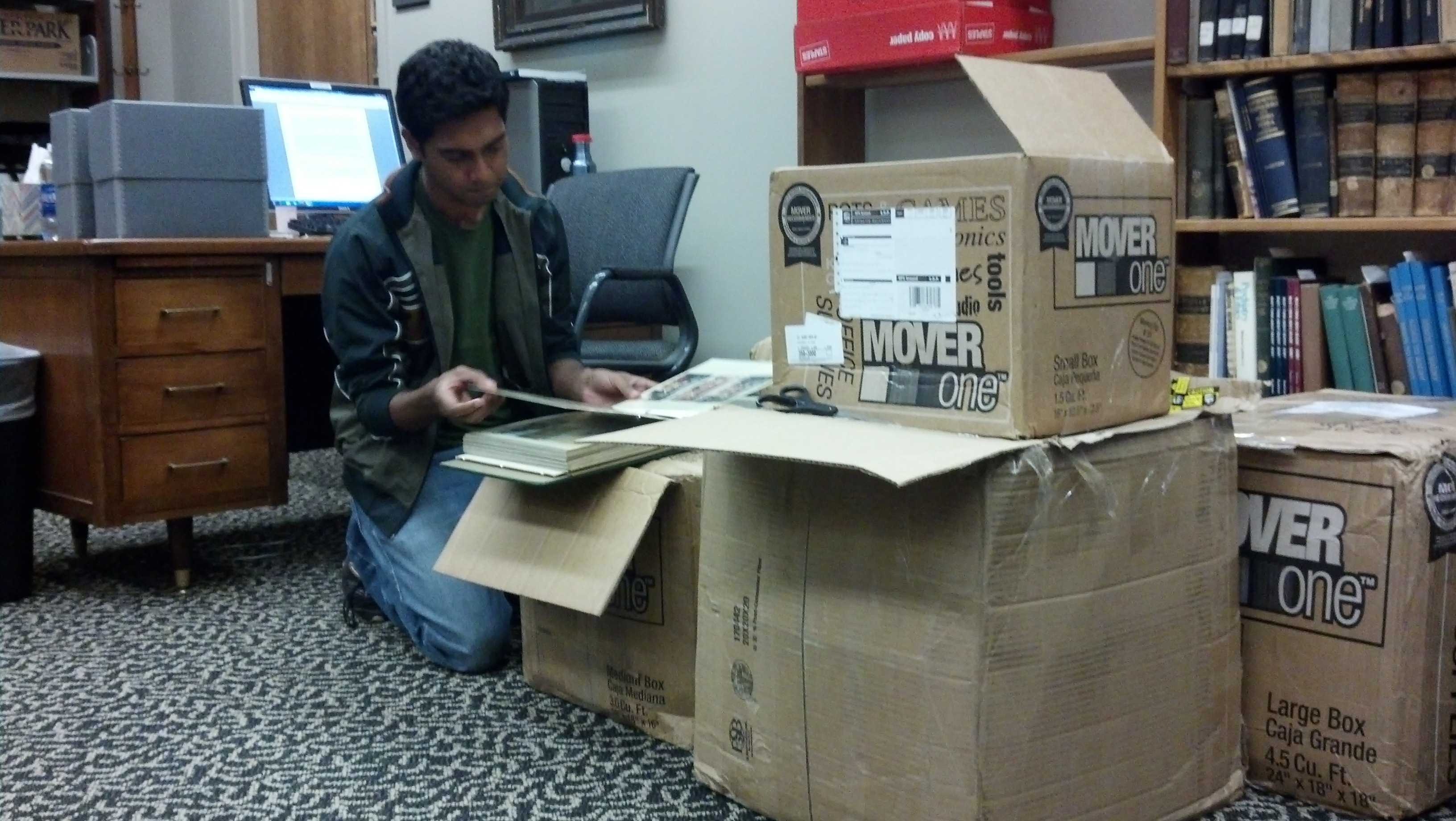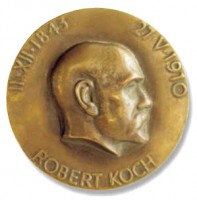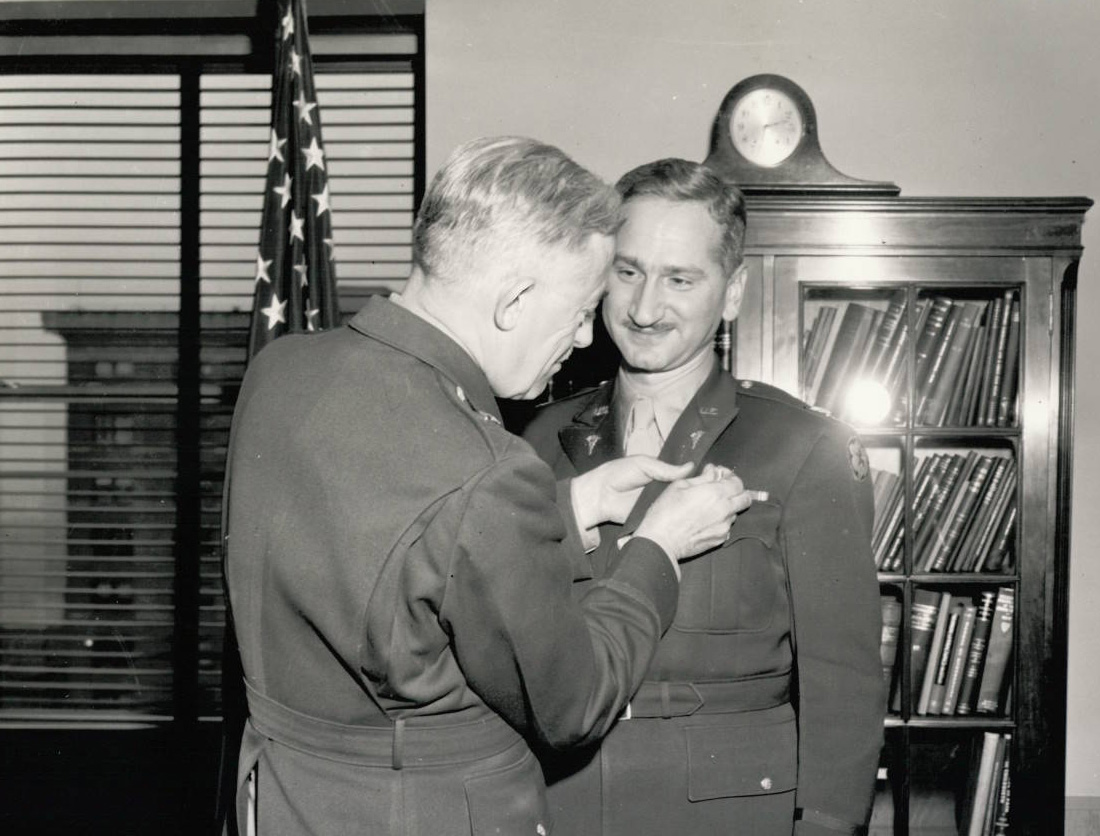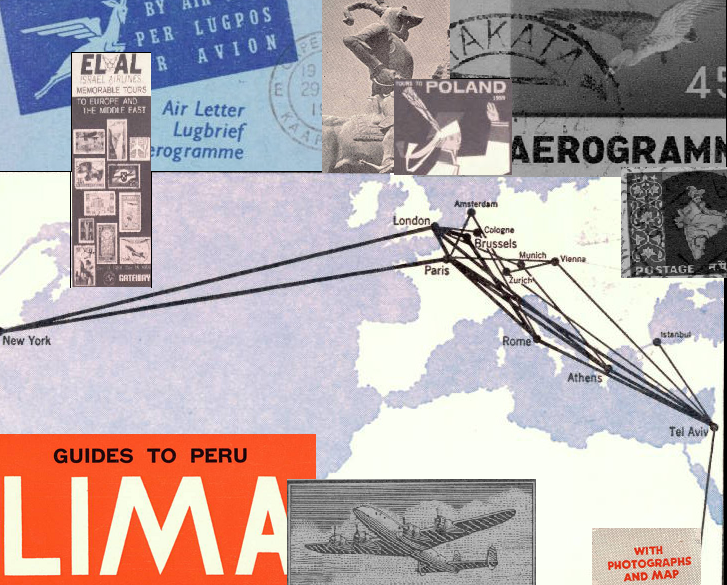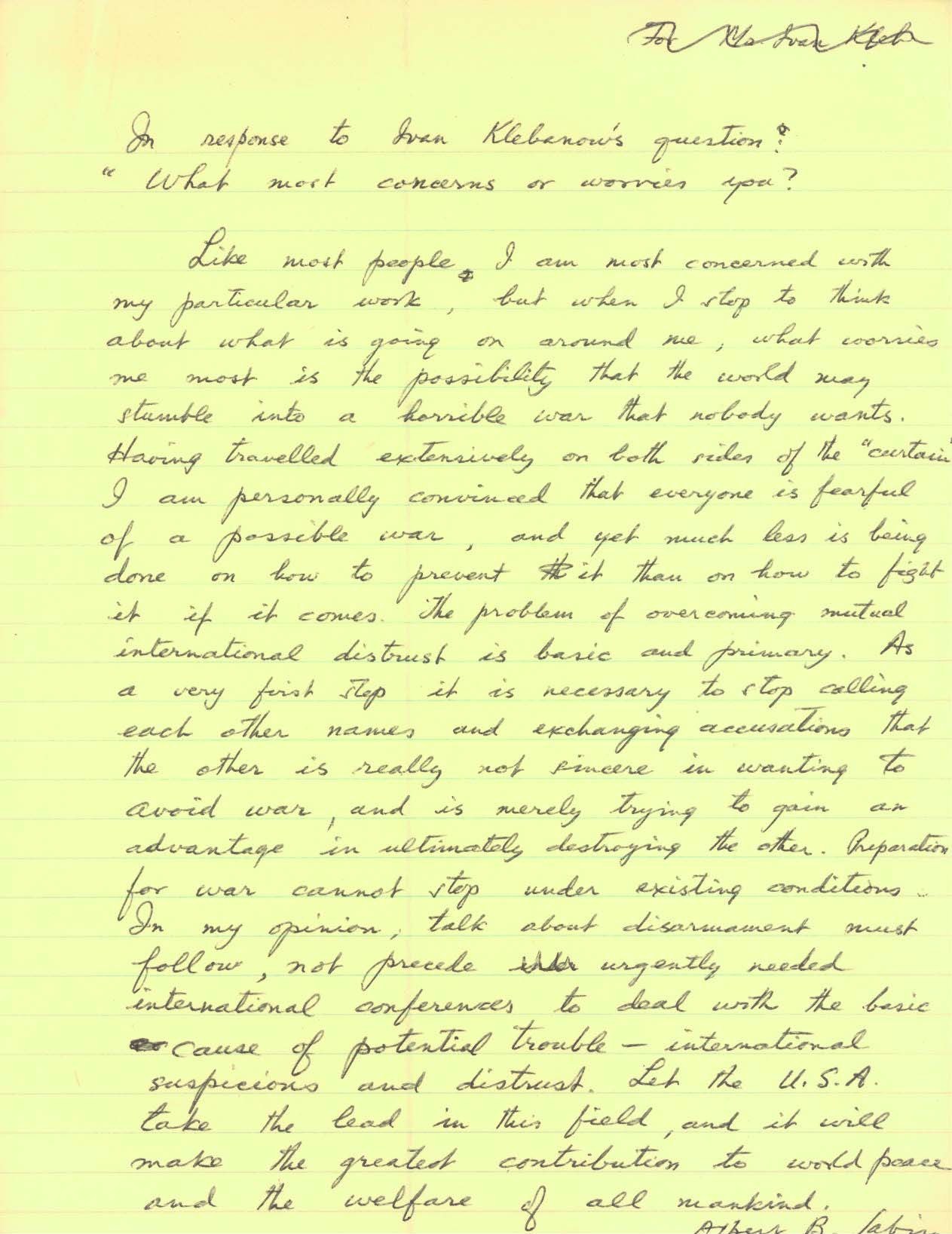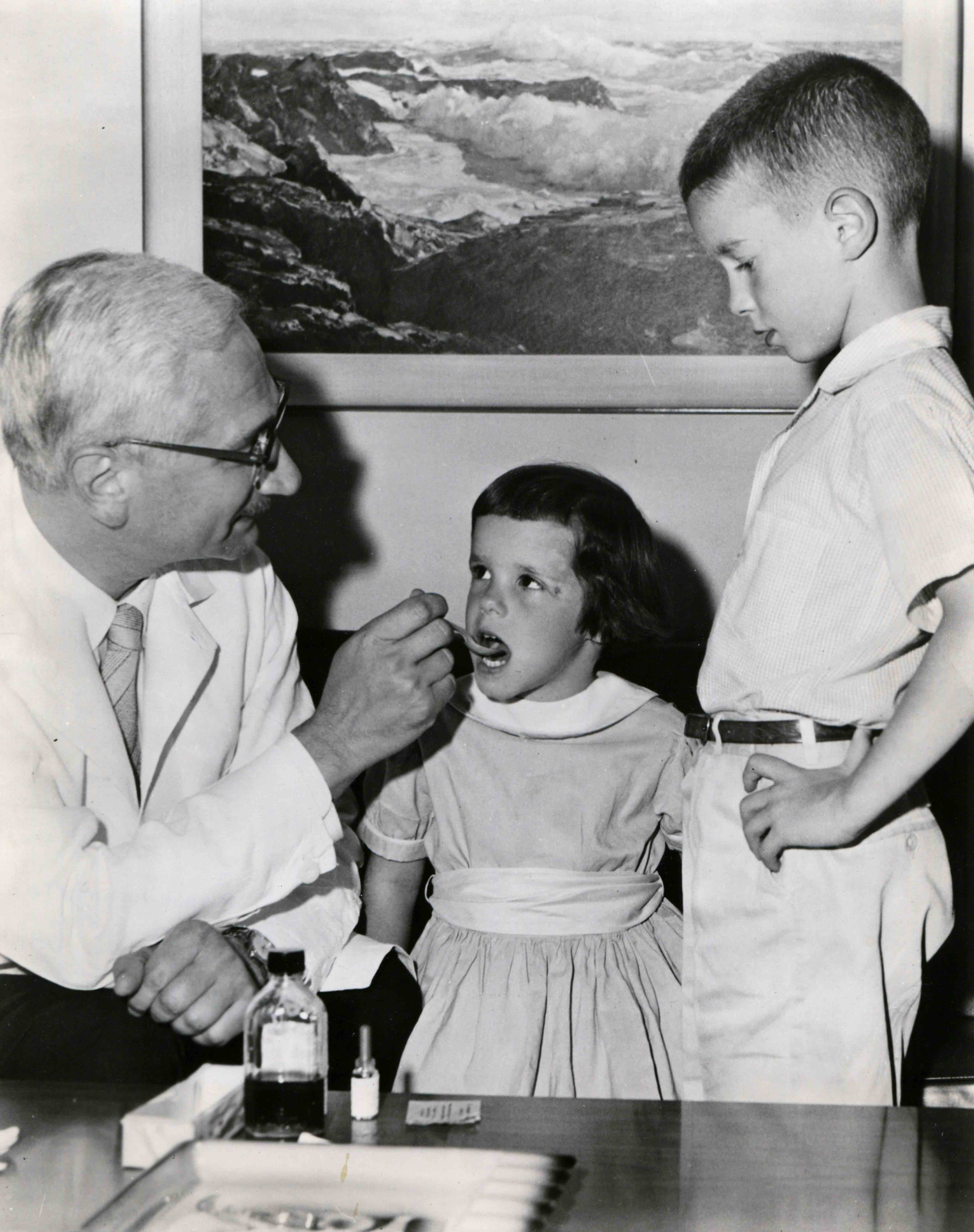By Richard Jason Sookoor, Sabin Project Student Assistant
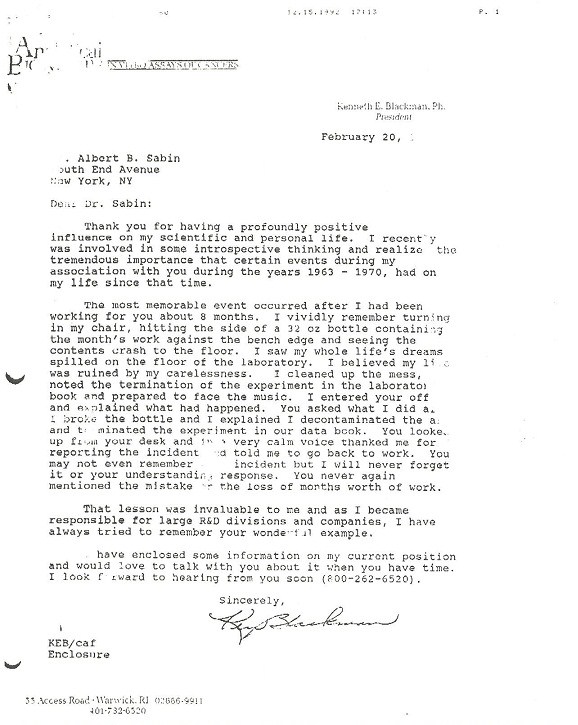
A letter written in 1992 to Dr. Sabin from Dr. Blackman regarding the incident roughly 30 years prior. Their correspondence over the next few months would last until Dr. Sabin's passing in 1993.
Successful people are often described as being driven, strong-willed, or zealous. Though to be definitively admirable, a person should also be compassionate, forgiving, and considerate. Dr. Albert Sabin managed to find a steady balance between these two domains, stern yet soft. In speaking with Dr. Kenneth Blackman, a former assistant to Dr. Sabin, we gain some insight on the level of professionalism and empathy shown by Dr. Sabin.
As the story goes, Dr. Blackman, then a young man with an opportunity to work in Dr. Sabin’s lab, was busy working on a project related to a potential human tumor virus. Dr. Blackman’s duties were to properly identify and collect concentrates in fluid from tissue culture infected with this particular virus. Despite the relatively cramped working space (Old Children’s Research Building R), Dr. Blackman was able to complete this rather standard collection with nary an incident for weeks. On a particular day though, a Friday, things took a heartbreaking turn for the worse. Dr. Blackman, completing the daily collection of concentrates from tissue culture, was steadily handling a bottle containing a few weeks’ worth of sample liquid. Bottle in hand, as he was turning towards away from the tissue culture station, the bottom of the bottle clipped the edge of the work bench causing the contents to fall out. Continue reading →

